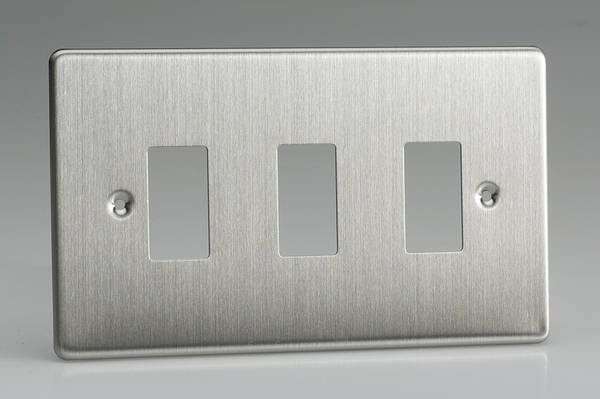Lets hope the wiring remains in a safe zone
I do not know what this means... I have now ordered my stuff, could I come a cropper for some reason I don't get?
Lets hope the wiring remains in a safe zone

If I understand correctly (that you intend to replace the current pair of single-width switches with one single-width switch), then there could possibly be a problem - it depends on where the cable enters the back boxes of the current two switches.Is it likely that 2 light switches - that sit side-by-side on the same wall - would be in a different 'zone'? ... Forgive me asking with probably incorrect terminology... but that seems a bit strange (to me).
If I understand correctly (that you intend to replace the current pair of single-width switches with one single-width switch), then there could possibly be a problem - it depends on where the cable enters the back boxes of the current two switches.

The point is that it is the switches themselves which create the zones (blue in the below) (just one cable per existing switch shown for simplicity):Yes, this is the correct understanding of my aim. ... So, I suppose I will not know until I get a screwdriver and have a look-see. My confusion arises when I think about the fact that they're all light switches - controlling lights on the same floor, floor below and floor above... what reason could there be for different 'zones'? Can I not just 'jump' the cable that, I presume, is going to be in the 'zone' above one of the switches into the zone to where the single single-width switch I want to have is going to be? Then all 3 end up in the same 'zone'? .. These switches - you can see - are side-by-side with no gap between - does that imply that the 2 zones we suspect are running vertically, taking up the same space as the accessory, are effectively 1 big fat zone?
Exactly.I think I really do get it now... a zone is not necessarily equal to a physical channel (air gap) that exists for the wires to run along, a zone is more of a concept that is defined by the width of the accessory itself, that says - inbetween the left and right boundaries of this accessory is where a cable could be, so be very careful (safe) if you're thinking of doing anything around that area, e.g. hanging a picture or what-have-you.
Exactly.If I found out that the cables were situated as in your New (2) image, then someone (even me) could come along later and say "oh, I'll just drill here, to the right of this switch as I'll be avoiding the safe zone..."...and bam!
Exactly.And, most importantly, by removing a physical switch, I also remove a safe zone!

If you need to find a tradesperson to get your job done, please try our local search below, or if you are doing it yourself you can find suppliers local to you.
Select the supplier or trade you require, enter your location to begin your search.
Are you a trade or supplier? You can create your listing free at DIYnot Local
